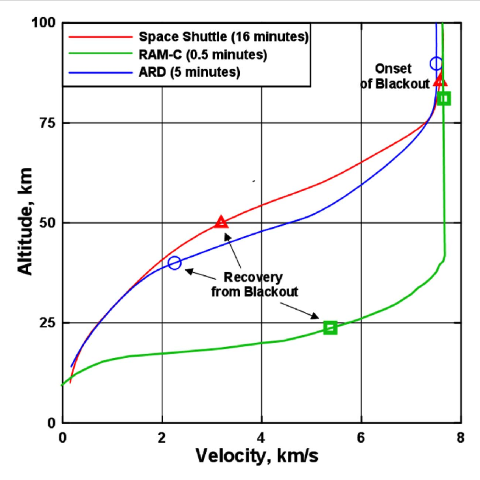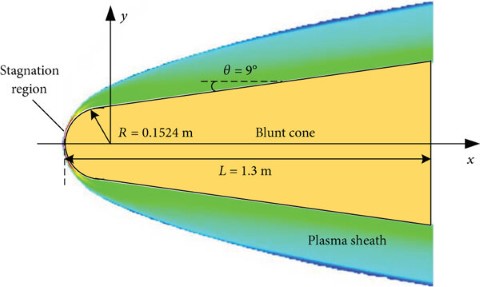I read that
DoD has stated that its hypersonic boost-glide missiles will be able to emit and receive radio signals, such as those from the Global Positioning System (GPS). That statement implies that portions of a missile’s glide body where transmitters and receivers are located will remain below the temperature threshold for plasma formation in the surrounding air, as DoD’s modeling suggested might be the case. [...]
Although the sensitive electronics necessary for communications must be adequately shielded from a missile’s exterior temperatures, the missile needs to have windows (called radomes) through which signals can be emitted or received. The materials for such radomes are inherently difficult to develop because they must allow radio frequency or infrared radiation to pass through them while also providing significant thermal shielding.
What's the fastest atmospheric flight that still demonstrated a useable radome, e.g. for GPS or remote command etc.?



